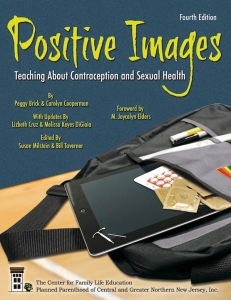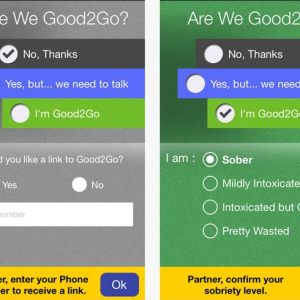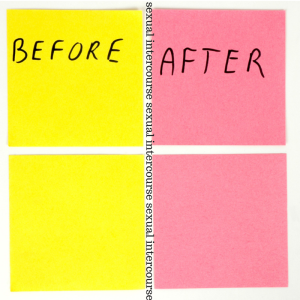“Is it normal to…?”
“How often do normal people…?”
Regardless of the age of people in my classrooms, they all want to know what’s normal, what’s not normal, and how they and their friends fit into that spectrum. I have a hard time answering their questions, because normal has so many definitions. Is it normal according to a specific cultural construct? Normal according to how many people actually do it? Normal according to the American Psychological Association? Each of these definitions ends up with different answers of what qualifies as “normal.”
This lesson from Positive Images tries to shift the conversation away from normalcy and into a discussion about risk and decision-making.
HIGH RISK, LOW RISK, NO RISK
Objectives
By the end of this lesson, participants will be able to:
- Understand that within the young adult and adolescent population, a wide range of normalcy exists with regard to sexual behavior.
- Identify the behaviors that put a person at risk for an unplanned pregnancy and/or sexually transmitted infection (STI).
- Assess whether they are at risk for an unplanned pregnancy or STI.
Rationale
Most young people are curious about how their personal behavior compares with that of others in their own age group. Perception of peers’ sexual behavior has been found to be an important factor influencing a young person’s personal sexual behavior(s). Other research indicates that young people commonly overestimate the extent of their peers’ sexual experience. Clearly, young people need a more accurate understanding of peer sexual behavior. This lesson supports the normalcy of a range of sexual expression and helps young people identify those behaviors that place an individual at risk for unplanned pregnancy and/or STI.







